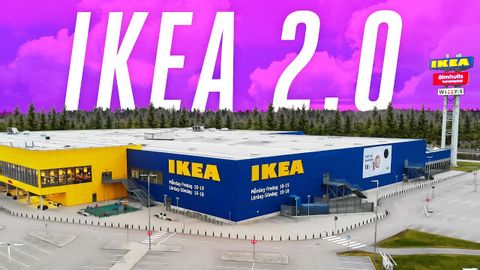
Subtitles & vocabulary
Inside Ikea’s big bet on smart home tech
00
林宜悉 posted on 2020/12/02Save
Video vocabulary
experience
US /ɪkˈspɪriəns/
・
UK /ɪk'spɪərɪəns/
- Countable Noun
- Thing a person has done or that happened to them
- An event at which you learned something
- Noun (Countable/Uncountable)
- Knowledge gained by living life, doing new things
- Previous work in a particular field.
A1TOEIC
More sense
US /sɛns/
・
UK /sens/
- Noun (Countable/Uncountable)
- Certain mental feeling or emotion
- Normal or clear state of mind
- Verb (Transitive/Intransitive)
- To perceive using sight, sound, taste touch etc.
- To recognize the presence of something
A1TOEIC
More develop
US /dɪˈvɛləp/
・
UK /dɪ'veləp/
- Verb (Transitive/Intransitive)
- To explain something in steps and in detail
- To create or think of something
A1TOEIC
More consume
US /kənˈsum/
・
UK /kən'sju:m/
- Transitive Verb
- To eat, drink, buy or use up something
- To take all your energy; focus the attention
A2TOEIC
More Use Energy
Unlock All Vocabulary
Unlock pronunciation, explanations, and filters
